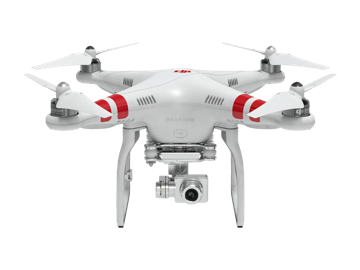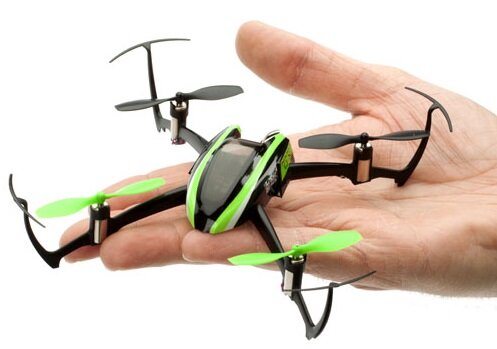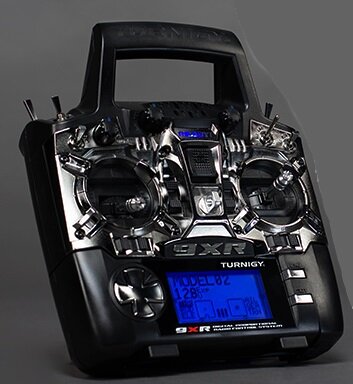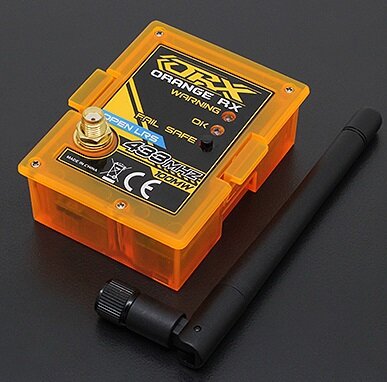Remote Control for W7PEA
I’m going to be adding some new posts about getting started in remote control flight, specifically multicopters. Here’s a quick kick off.
I started off by being enamored with the DJI Phantom, write a check and you get a working quadcopter, controller all in a pretty white package.
 They are beautiful, well reviewed, about $1200 and complete not DIY. I really wanted to get into this hobby but I have also been looking for a place to burn all my geek energy which I’ve been building up since we sold the boat.
They are beautiful, well reviewed, about $1200 and complete not DIY. I really wanted to get into this hobby but I have also been looking for a place to burn all my geek energy which I’ve been building up since we sold the boat.
So I dove deep into the RC world. I’ve been doing a lot of reading and watching YouTube videos. Shout out to the guys at FliteTest (www) (YT) for their excellent content for beginners.
I started out with a cheap New RC Tech 6 CH Flight Simulator Remote Control from Amazon and HELI-X simulator software. This was a great start as it has the DJI Phantom as a model and I started with that, but also played around with some of the other quadcopter and tricopter models as well. I was enjoying that and it wasn’t that hard so I thought time time to upgrade to a real multicopter! I knew for a first multicopter I wanted to get something I could fly inside and I could destroy and not cry about. I also wanted to get a real transmitter so I could start learning right off the bat with the right tools.
 After a lot of research and more YouTube videos I decided to get the Nano QX BNF with SAFE
After a lot of research and more YouTube videos I decided to get the Nano QX BNF with SAFE
The SAFE is a feature common in lots of beginner RC craft that allows the model to stay up right and self-level. Without SAFE if you are flying from left to right to you need to head back to the left to stop going righ. With a SAFE equipped model the craft will self-right and stop heading right when you let go. You can toggle SAFE off and on with these craft. For a beginner like me I call SAFE the fly mode and SAFE-off the crash mode. I’m putting in the flight time just trying to hover in place with SAFE-off as this is the first step towards more advanced flying. If you want to do flips you need to learn to fly with SAFE-off. But don’ worry about that, you can have a lot of fun with SAFE on too!
 Transmitters… OMG, so many options, so many expensive options. The main decision in a transmitter is how many channels. How many “things” do you want\need to control. For a multicopter with a camera 4-6 channels is plenty. For planes with landing gear and bombs that drop and smoke that comes out that’s more channels. More channels is more $. More whizbang controls for those channels is also more $.
Transmitters… OMG, so many options, so many expensive options. The main decision in a transmitter is how many channels. How many “things” do you want\need to control. For a multicopter with a camera 4-6 channels is plenty. For planes with landing gear and bombs that drop and smoke that comes out that’s more channels. More channels is more $. More whizbang controls for those channels is also more $.
This is the Turnigy 9XR its about $50-$100 depedning on current stock levels and your ability to be patient. I bought mine from HobbyKing. Its has 9 channels. It has an open hardware platform which means you can flash it with open source firmware. This is all free and not more.;-)
I chose the 9XR because it had enough channels for my initial use and a few more to grow into other uses. It has a large community of users (along with the predecessor 9X) who have all kinds of cool modifications you can do as well. It supported open source firmware options and it was cheap. People might like some other more expensive transmitters better but none can say this isn’t the best value. You also need to buy a battery. Don’t think too hard on this one, just buy the Turnigy 9XR battery on HobbyKing too.
You are also going to need a charger for that battery, I bought a Tenergy TB6-B 50W Balancing Charger for NiMH/NiCD/Li-PO/Li-Fe/SLA Battery Packs from Amazon, again cheap and works for the large battery in the radio and with Parallel Charging Board from Amazon
 OK remember all that talk about transmitting? Well its a lie. That “transmitter” actually can’t send a signal to the multicopter\plane at all. In order to do that you need a module. I think this is a hold over from the “old days” when you had to had different transmitters (the whole thing) to pick what frequency you would use with your model so you and your buddy wouldn’t be on the same channel and cause a crash. Now a days we use a “module” which works on a range of frequencies (usually 2.4 or 5.1 ghz) and bind it to a receiver in the model. I won’t get into how that works exactly you don’t need to know, but it allows multiple transmitters\receivers exist on the same shared frequencies without jamming each other and causing a crash.
OK remember all that talk about transmitting? Well its a lie. That “transmitter” actually can’t send a signal to the multicopter\plane at all. In order to do that you need a module. I think this is a hold over from the “old days” when you had to had different transmitters (the whole thing) to pick what frequency you would use with your model so you and your buddy wouldn’t be on the same channel and cause a crash. Now a days we use a “module” which works on a range of frequencies (usually 2.4 or 5.1 ghz) and bind it to a receiver in the model. I won’t get into how that works exactly you don’t need to know, but it allows multiple transmitters\receivers exist on the same shared frequencies without jamming each other and causing a crash.
Modules and Receivers work in pairs. There are different kinds which use different protocols and you need to be sure you have the right pair or they won’t work together. Usually this just means buy them both the same brand. So if you’re buying a BNF radio you buy a Spektrum module. But, this OrangeRX Transmitter Module will work with any BNF model too. Its a functionally equivalent DSM2\DSMX module (not a clone they say) of the Spektrum modules which are more expensive.
The pricing on the OrangeRX is subject to availability. At the time I bought mine (Aug 2014) HobbyKing always had the best price and was on eternal back order. Ebay was about 50% more but still cheaper than a Spektrum Module. At this writing in Oct 2014 HK has plenty in stock.
Your module also needs to be compatible with your particular transmitter body. This is a mechanical\fit thing, different brands of transmitters have different dimensions and pinouts for the connections the modules fit into. Modules which fit the Turnigy 9Xr are JR\Turnigy compatible (JRis another transmitter manufacturer as is Futaba and others.)
That sums up the basic gear and the only thing to add is that I’ve also bought two transmitters, modules, batteries and multicopters so both Dawn and I can fly together! So far its been fun. I’ll talk about setting up the 9XR to work with the NanoQx next post.